Problems that cannot be readily reproduced
This document explains how to collect information when a problem cannot be easily reproduced.
Document 1020 | Last updated: 03/30/2021 SPB
In order to fix a problem, we first need to understand the issue you're experiencing. We design our programs to generate a wide array of logs to assist us in diagnosing problems, but the logs don't identify everything that happens on your PC. In some cases, we need your assistance to determine the steps you're using to replicate an error or issue you're experiencing.
This document helps you to provide us with the detailed information we need to help you resolve the problem. Below are 3 things to keep in mind when tracking your issue and requesting assistance:
Click a topic above to jump to a specific section, or continue reading below for detailed instructions.
Gather information when the issue occurs
The first step is to know when the issue first started to occur. The best way to keep track of specific details like this is to keep a pen and paper by the computer and write down, in as much detail as possible, the chain of events that led up to the problem.
Another option is to save these notes in Notepad or a similar text editor on your computer. Make notes of the last few things you did before the issue occurred, the time it happened, and anything you saw on the screen — even if it seems unimportant at the time.
If the problem occurs consistently and/or you're able to reproduce the issue, use the Windows Problem Steps Recorder (PSR) to record what is clicked, when it was clicked, as well as other potentially important details.
Here's how to use the PSR:
- On your keyboard, press Windows Key + R.
- Type psr in the Open: field, and click OK.
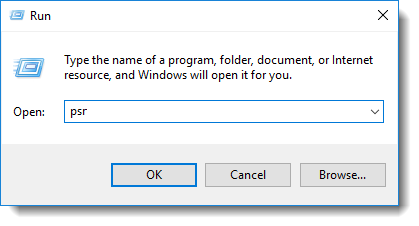
- When the Steps Recorder window opens, click Start Record.

- Go through the steps you normally perform when you experience the issue.
- Once the issue occurs, or you complete your normal steps, click Stop Record. Then, click Save, and save the results to a convenient location — such as your Windows Desktop.
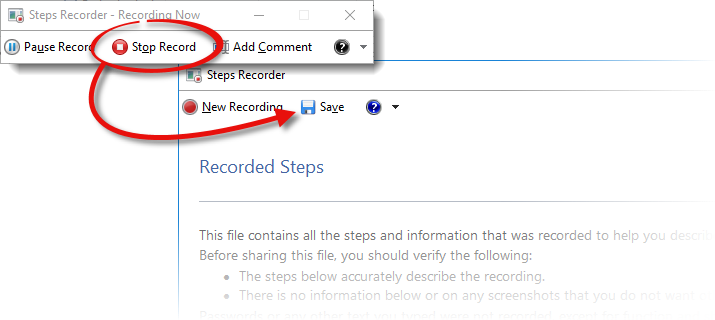
The PSR creates a log of what is happening on your PC — the programs that are open, which buttons are clicked, and any special events that occur during the process — along with screenshots of what was on-screen at those times.
If your problem involves a display issue, or if your screen displays something that wasn't captured by the PSR, continue with the section below for instructions on how to take screenshots. Otherwise, click here to jump to the section below on submitting a Support Request.
How to take screenshots:
Screenshots are very helpful in describing and diagnosing an issue, especially when there are complex error messages. If you're not familiar with the process of taking a screenshot, one convenient option is the Windows Snipping Tool.
Follow the instructions below to take a screenshot using the Snipping Tool:
- On your keyboard, press Windows Key + R.
- Type snippingtool in the Open: field, and click OK.
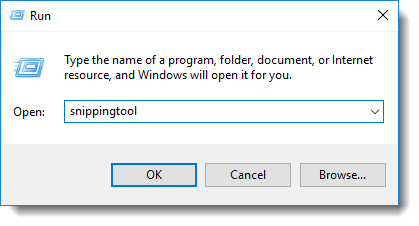
- When the Snipping Tool window appears, click New. Then, click and drag to highlight the area you want to capture.
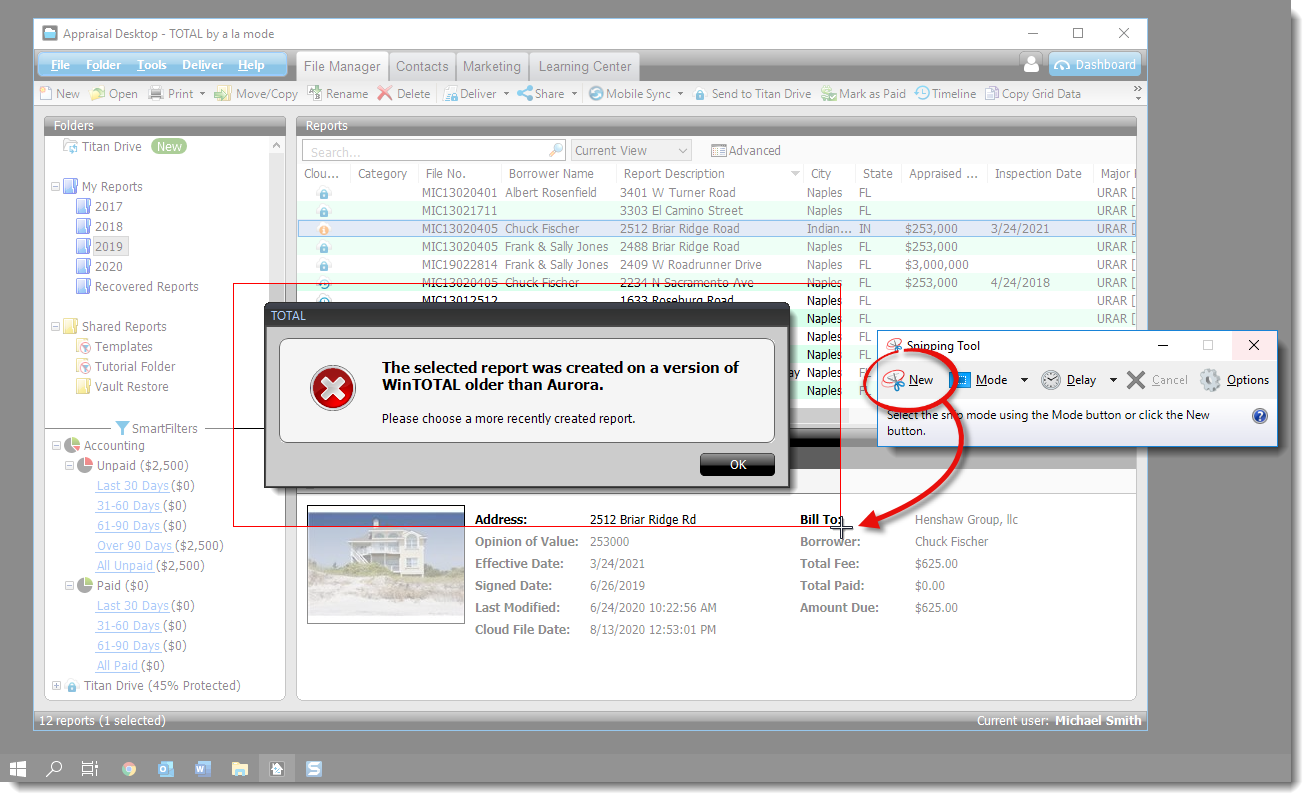
- Once the image has been captured, click File, select Save As, and save the image to a convenient location — such as your Windows Desktop.
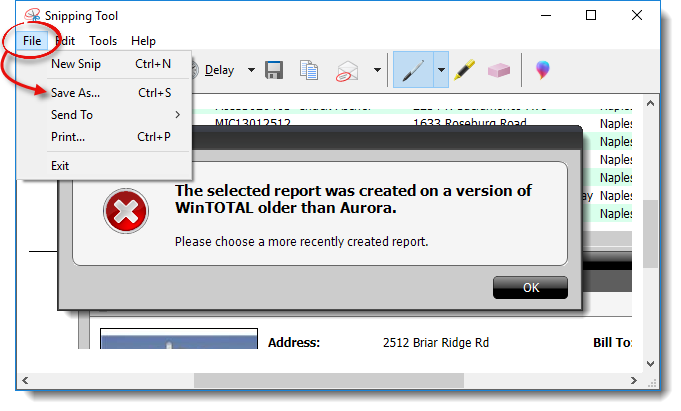
Once you've saved the screenshots that are relevant to your issue, your next step is to submit a Support Request. Continue with the section below for more information.
Submit a Support Request
Once you've gathered as much information as possible, submit a Support Request with the details of the problem, and attach any files or images you've collected. The quickest way to submit a Support Request is to open TOTAL, click Help, and select Submit a Support Request.
Click here for step‑by‑step instructions on sending a Support Request.
Once you've submitted your request, a member of our support staff will review the details and follow up with you with any additional questions or troubleshooting steps.